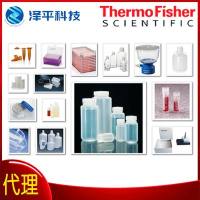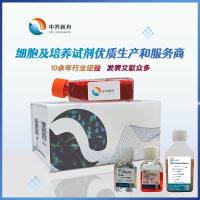Microscale Isoelectric Focusing in Solution: A Method for Comprehensive and Quantitative Proteome Analysis Using 1-D and 2-D DIGE Combined with MicroS
互联网
692
Current methods for quantitatively comparing complex protein profiles such as two-dimensional gel electrophoresis (2-DE), 2-D differential in-gel electrophoresis (DIGE), and liquid chromatography (LC)-mass spectrometry (MS) have limited resolution and dynamic ranges and therefore detect only a small portion of complex proteomes. To enhance protein profiling of complex samples, including human cell lines, tissue specimens, and plasma samples, complex proteomes can be prefractionated with microscale solution isoelectric focusing (MicroSol IEF). MicroSol IEF is compatible with most downstream proteome analysis methods including narrow range 2-D gels and 1-D gels followed by LC-MS/MS or LC/LC-MS/MS. This chapter describes the use of MicroSol IEF followed by 1-D and 2-D DIGE. The method has the advantage of more extensive proteome coverage compared with conventional 2-D DIGE alone. Furthermore, the use of fluorescent labeling before MicroSol IEF avoids any complications resulting from slight run-to-run variations during MicroSol IEF fractionation or the subsequent 2-D gel separations. The combination of DIGE and MicroSol IEF produces a powerful method for more comprehensive and quantitative comparison of protein profiles of complex proteomes.








